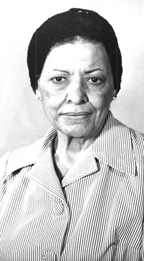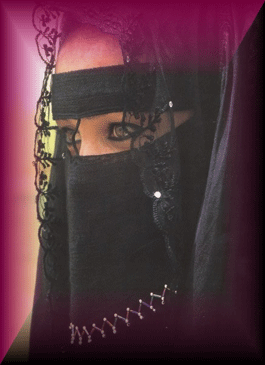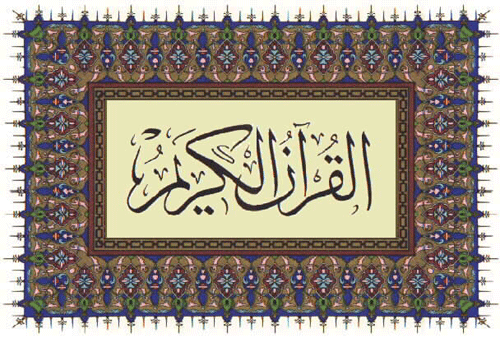
The latest issue (Vol 2, No 2, 2006) of Comparative Islamic Studies, edited by Brannon Wheeler, is now available online. The articles in this special issue all deal with Islam and gender. While the articles are by subscription or for purchase, the book reviews can be read for free. Here are the article abstacts.
“Traditional†exegeses of 4:34 by Karen Bauer
Abstract: The beginning of Qur’an 4:34 (Men are qawwÄmÅ«n over women, with what God has preferred some over others, and with what they spend of their wealth) is often taken to legislate men’s authority over women. But many questions remain about the history of interpretations of this verse. In what ways have interpretations developed through time? Do pre-modern interpretations of this verse resemble modern interpretations, and what do such resemblances say about the attitudes of the exegetes? And what are the methods that pre-modern and modern exegetes use to arrive at their interpretations?
One way of empirically examining the variety in the pre-modern heritage, the methods of the exegetes, and the use of the pre-modern heritage in modern discourse is through the genre of Qur’Än commentaries (tafsÄ«r al-Qur’Än). This verse has always been a source of controversy: pre-modern exegeses of it are varied. In the first part of this paper, I explore some of the variations in the content and methods of pre-modern interpretation, focusing on the ways in which content and method developed through time. I argue that some of the variations in content between the earliest and later pre-modern exegeses may be due to development in the exegetes’ methods of writing exegesis.






